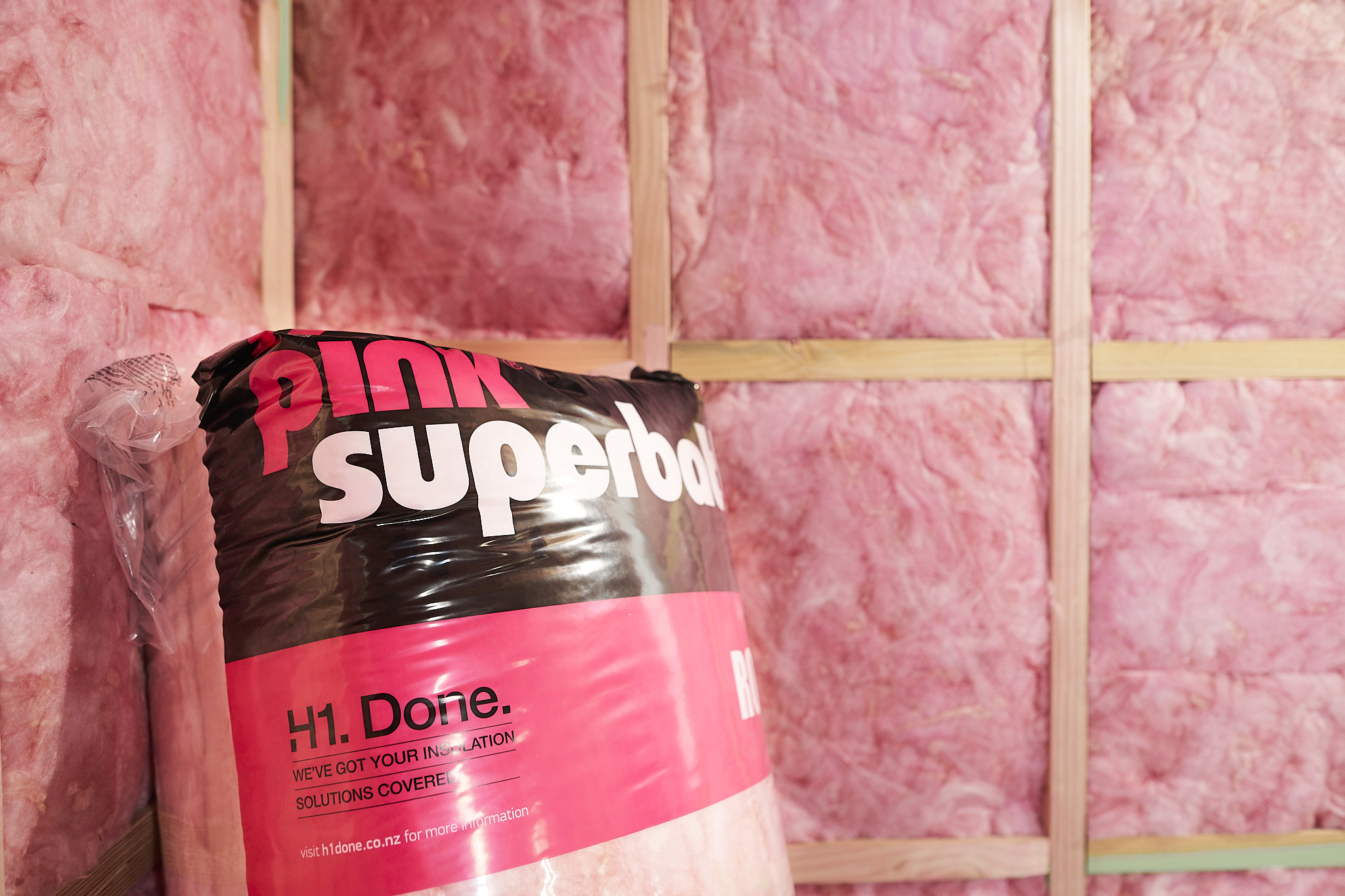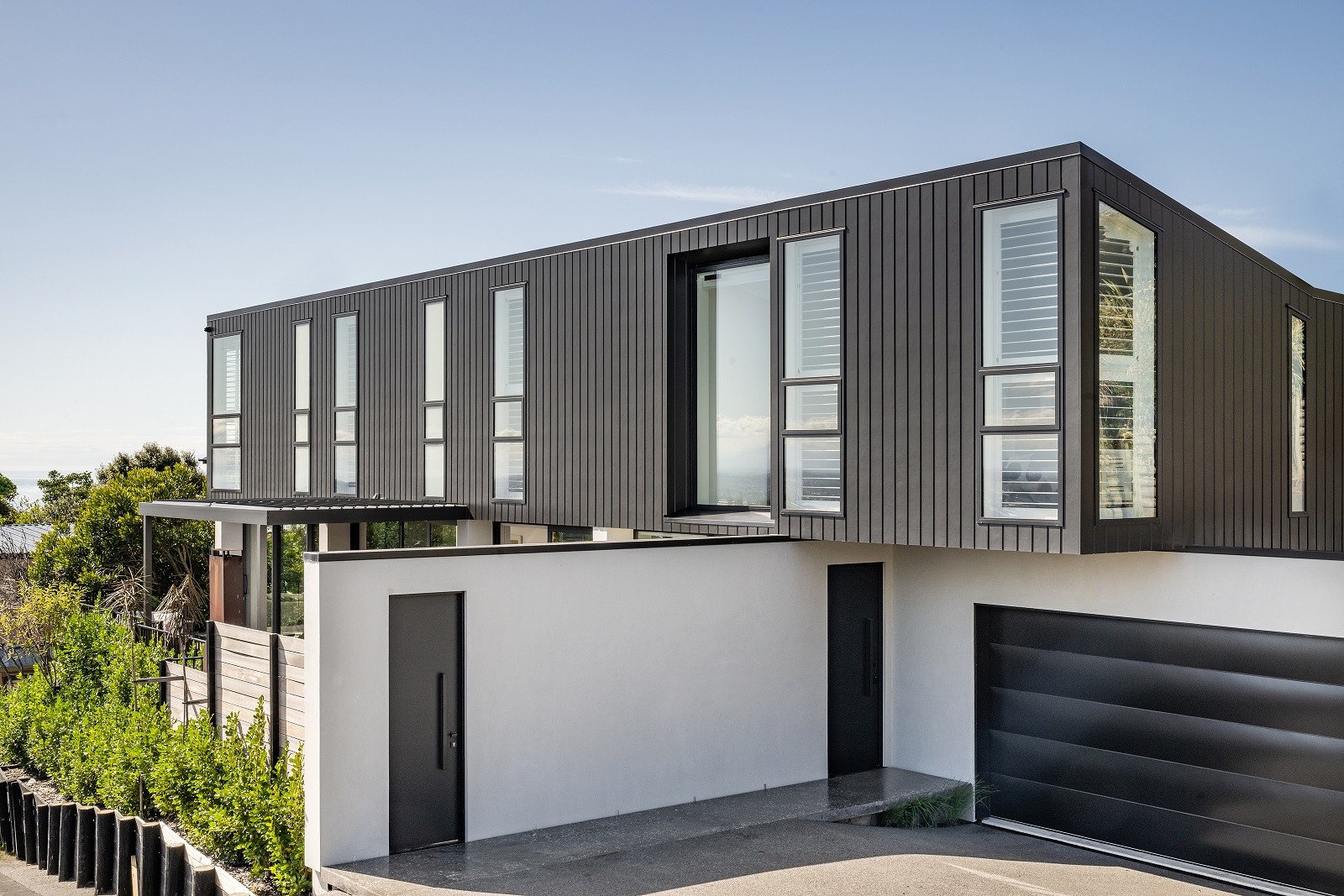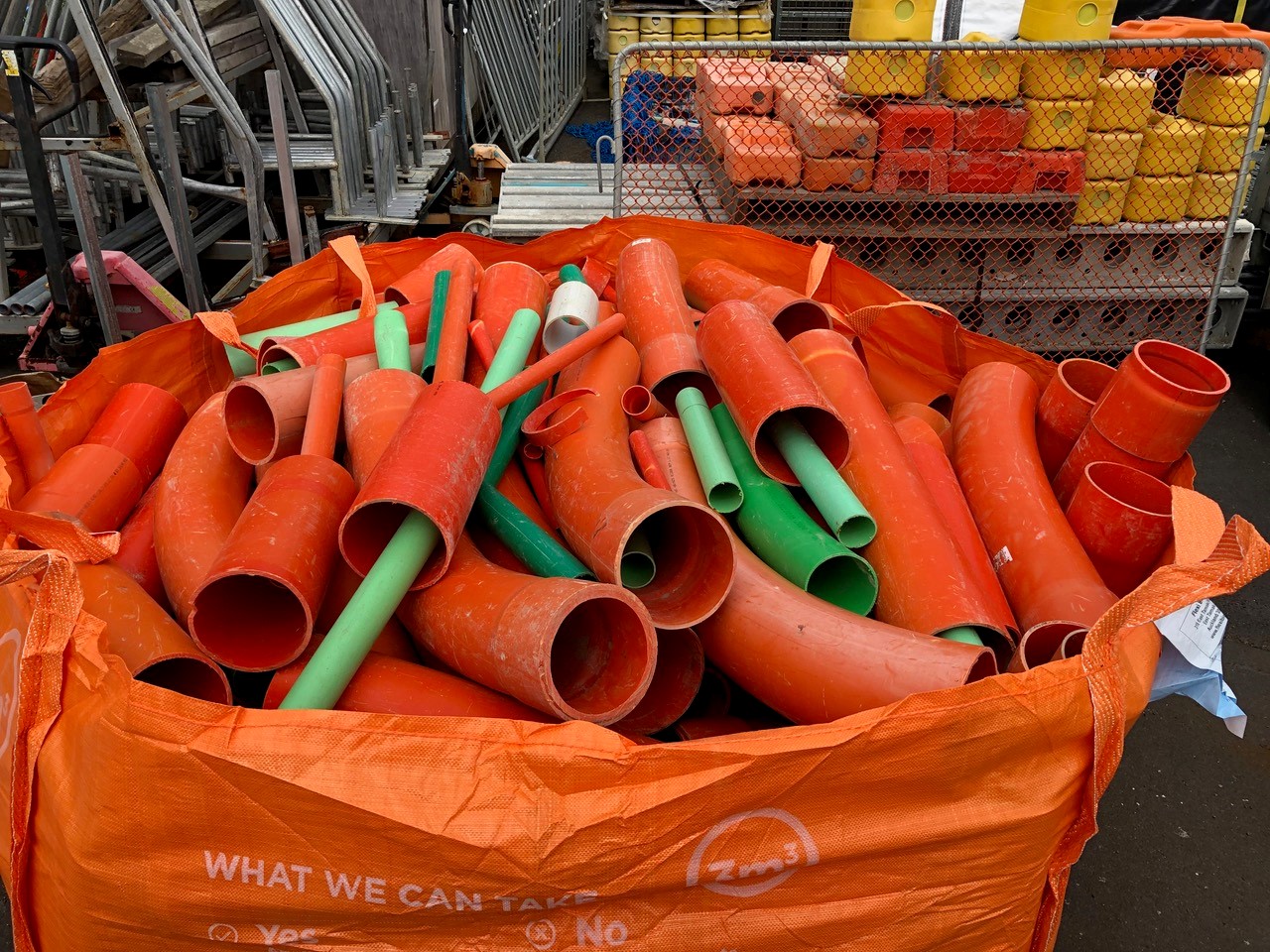A new space race is underway, and the initial froth and bubble has given way to action. Although it will be a long time before we hear that MarsOne has “cleared the tower”, serious preparations are underway. Elon Musk and his company SpaceX plan to put a community on the red planet by 2031, while NASA aims for 2033. Since 2014 NASA’s multi-phase Centennial Challenge has tasked designers, engineers and architects with designing and building a 3D printed habitat using indigenous materials. More than just structures, the habitats are meant to allow explorers to live and work on a planet like Mars. Weight restrictions, Martian winds, solar radiation and intense temperature variations make for truly daunting design challenges just to ensure the pods survive the planet’s assault. Then there is the need to provide room for a team of people, life support systems and gear, and for ensuring that they actually thrive, rather than eek out a grim survival. Five teams were chosen to share a US$100,000 prize. The winners from Rogers, Arkansas envisage a large metal dome housing a concrete mixer and 3D printer. The dome protects the structure as it emerges from the printing process. Once complete, the dome lifts itself up and repeats the operation a few metres away. This team maintains that the resulting hexagonal concrete habitats, built from ice, calcium oxide and Martian rock, will be tough enough to absorb most of the planet’s radiation and protect the people living and working inside. Another entry proposed a cylindrical structure with multiple floors and “breathing” walls that slide back and forth on bearings as the Martian temperature fluctuates. A third team provided for sunlight penetrating the outer shell, allowing for a garden that will help filter the air inside. Entrants used Building Information Modelling Software to create realistic 3D models. The habitats were required to provide at least a thousand square feet (93 sq. metres) of space, to be assembled autonomously in advance of the arrival of the space pioneers, and ready for immediate occupation. Fast-forward to the northern spring of 2019, and the five teams have the challenge of proving they’re more than just bravado. Their job is to print a 1:3 scale model of their design. The prize is a tasty $US 2 million. See the winners here

Join over 15,000 construction professionals who receive Industry Insider each month.
Keep up-to-date with the latest product developments and what’s happening across the industry, both here and overseas.
Subscribe



